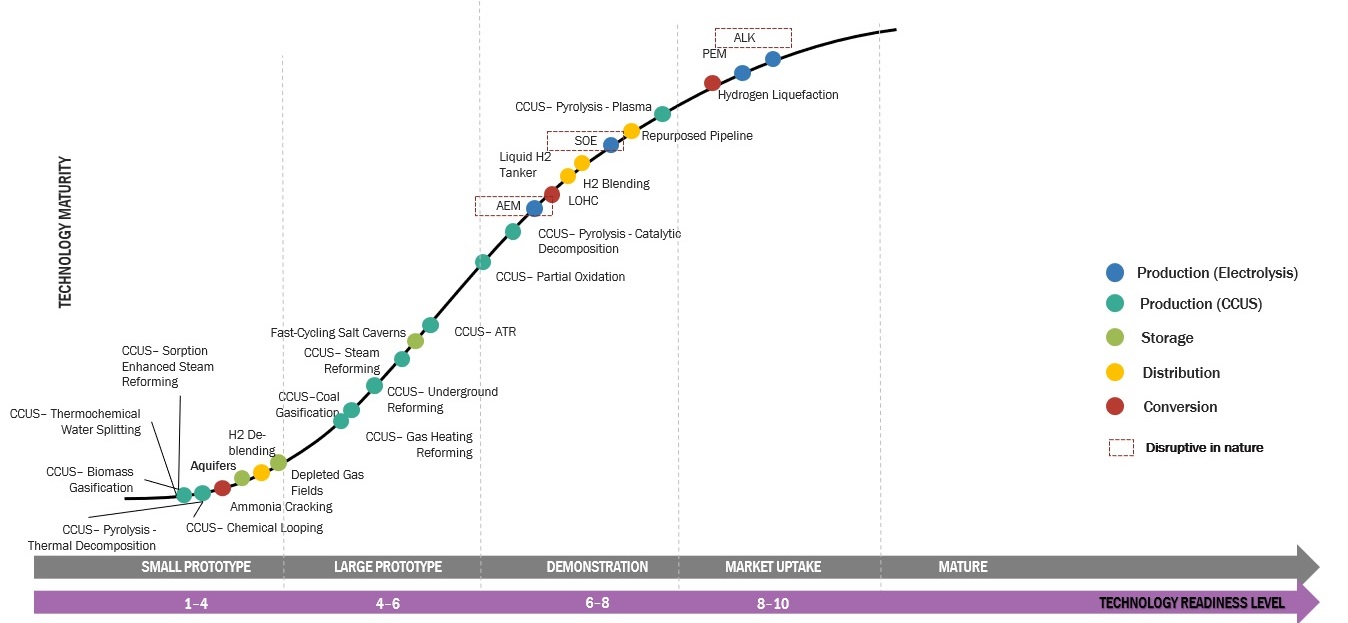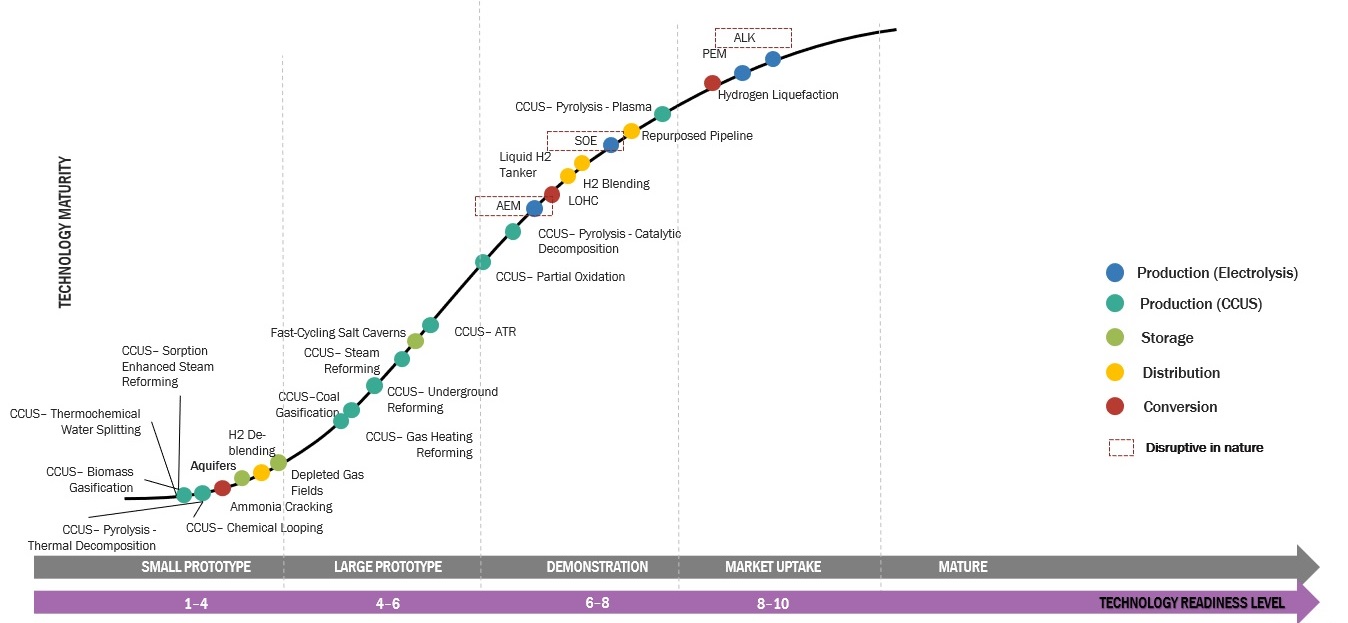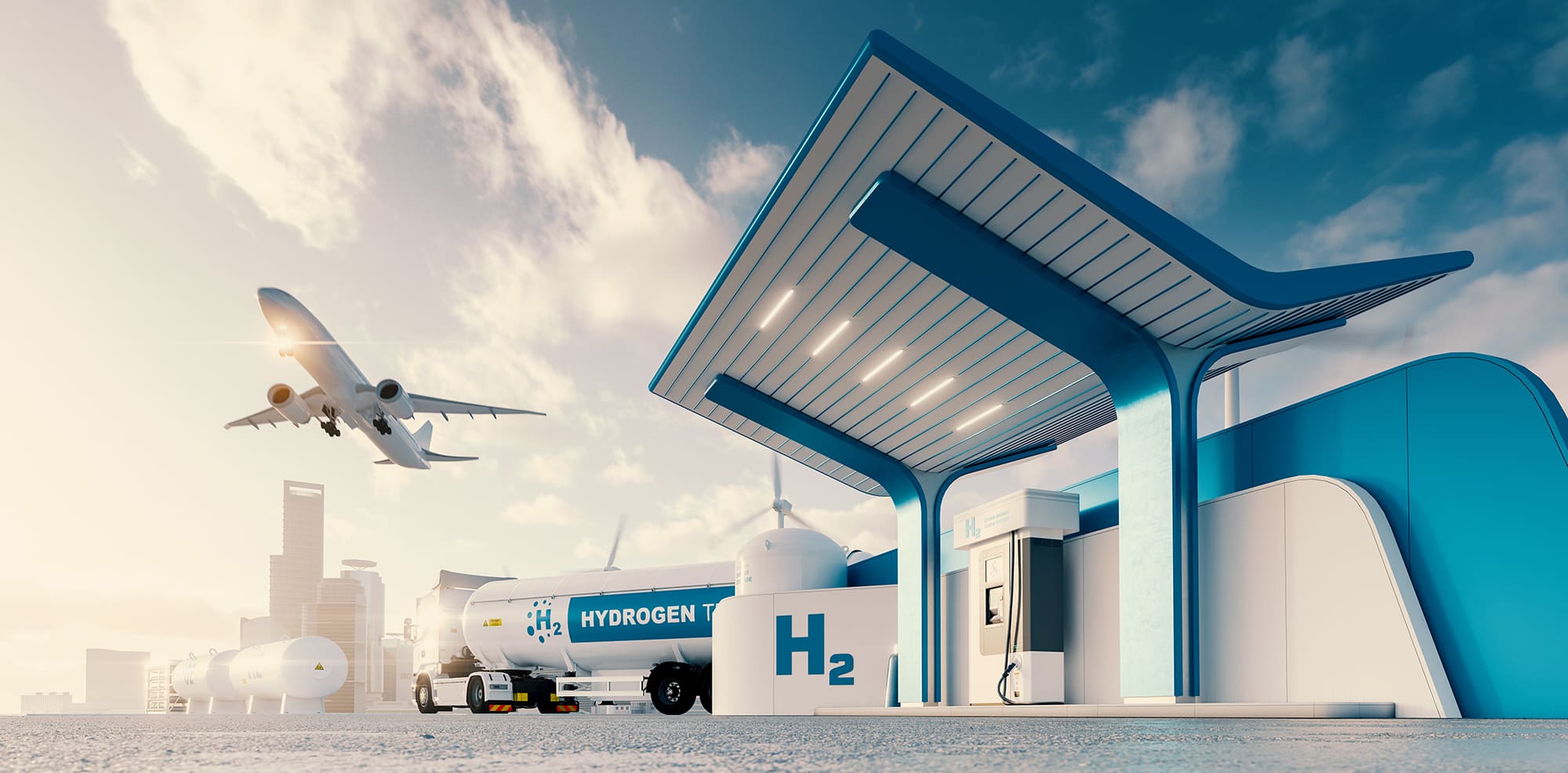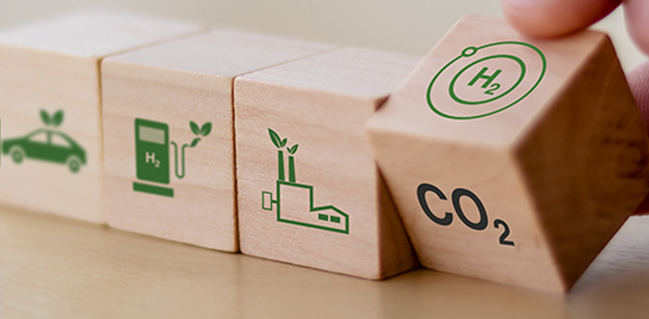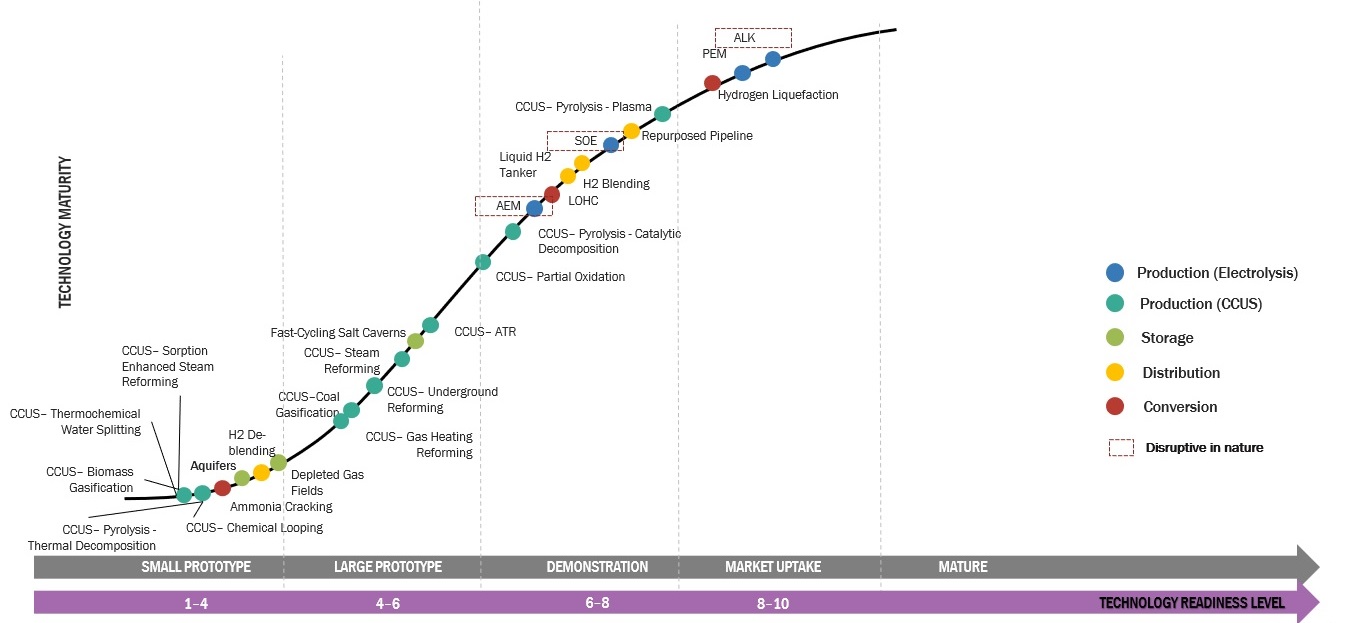Hydrogen Fuel Cell Technology is Revolutionizing Energy
Hydrogen is a clean, adaptable energy source that has a wide range of uses. The most prevalent and lightest chemical element in the universe is hydrogen. The fundamental component of the universe, hydrogen is also an essential component of many chemical processes and reactions.


